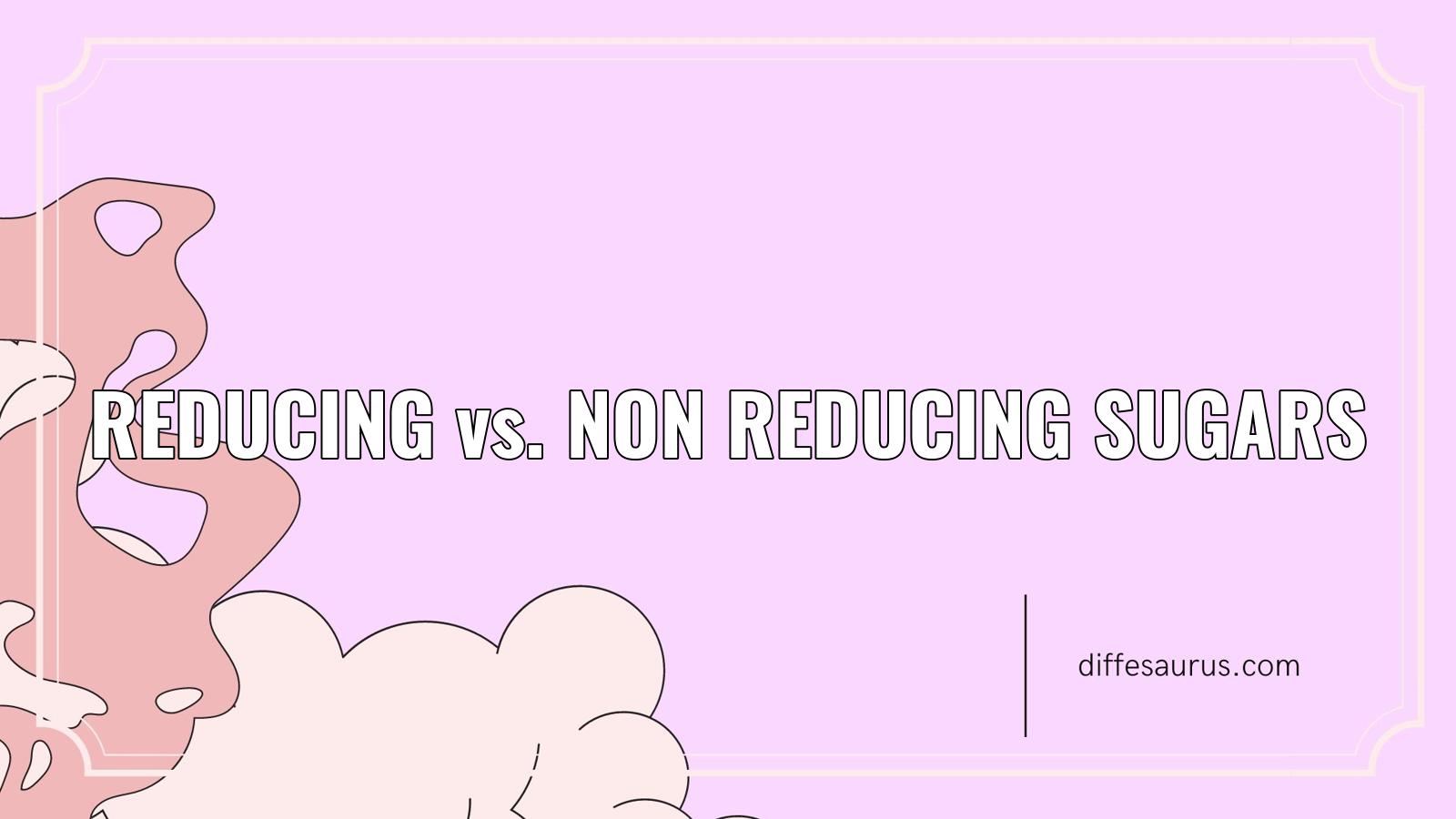Reducing Sugars are those that are easy to oxidize by ferric Fe2(+) or cupric Cu2(+).
Due to the presence of free aldehyde groups, reducing sugars can act as reducing agents. The compounds in these sugars have a sweet taste.
What is an example of a non reducing sugar?
Five examples of non reducing sugars are Stachyose, Sucrose, Verbascose, Trehalose and Raffinose. A biomolecule that owns the atoms of hydrogen, oxygen and carbon can be defined as aCarbohydrate. In the ratio of 2:1, hydrogen and oxygen atoms are usually found in a carbohydrate.
What is the difference between reducing end and non reducing end?
A reducing sugar end is one that does not contain an acetal group, whereas a nonreducing sugar end is one that does.
How do you know if a sugar is reducing or non reducing?
The free groups that are available in the formation of bonds are not found in the non-reducing sugar. The acetal is where the non-reducing sugar form is found.
What are three examples of reducing sugars?
Some monosaccharides, along with some disaccharides, are reducing sugars. There are two groups of monosaccharides, the aldoses and the ketoses. Before they can act as reducing sugars, ketses must first tautomerize to aldoses. The monosaccharides that are found in the diet are all reducing sugars.

What is the significance of reducing and non-reducing sugar?
Reducing sugar can reduce the capric ion of the Benedict solution into the cuprous ion. Lactose, maltose, gentiobiose, cellobiose, and melibiose are examples of sugars that are reduced.
Which test distinguishes between reducing and non reducing sugars?
If you chew crackers and do the Benedict’s test, you’ll see that complex carbohydrates do not react positive if they are broken down through heating or digestion. Table sugar is not a reduction in sugar and does not react with the Benedict Reagent. The starch test would still be negative even though the sugar would be positive.
How do you know if a sugar is reducing or non-reducing?
Any sugar that is able to act as a reducing agent is a reducing sugar. Reducing sugar forms aldehyde or ketone in an alkaline solution, which allows it to act as a reducing agent. The sugar becomes a carboxylic acid in such a reaction.
Is starch a reducing or non reducing sugar?
Reducing sugar is any sugar which is able to act as a reducing agent. Reducing another compound causes sugar molecule to become oxidation. The sugar molecule’s carbonyl carbon is converted into a carboxyl group.




